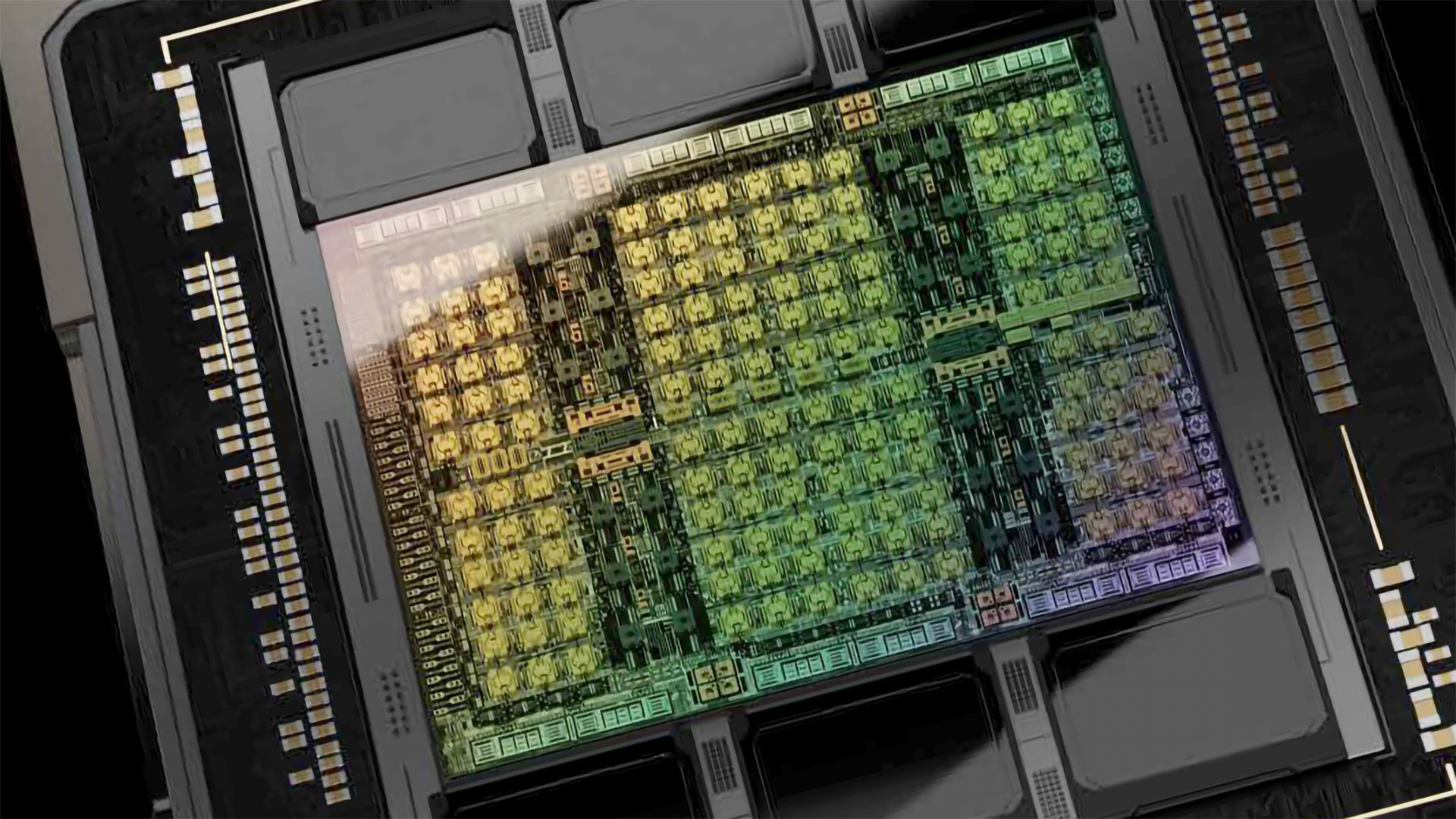Here’s Why There’s Little Concrete Data on the RTX-40 Series (Report)
Igor’s Lab recently posted an in-depth overview of Nvidia’s estimated production and development schedule (opens in new tab) for its new RTX 40-series GPUs. In it, he throws some cold water on the hot rumors of an impending Nvidia launch, suggesting those won’t be joining the best graphics cards as soon as we might like. The current rumors surrounding the RTX 40-series are incredibly vague and have very little concrete data, other than the information that was leaked via the LAPSU$ hack earlier this year.
Igor’s take, based on his anonymous “sources,” is that Ada is not out of the engineering and/or design validation phase just yet. That means none of Nvidia’s AIB partners or Nvidia themselves have working engineering samples of RTX 40-series cards. The only GPUs available right now are Ampere-based test products. That means it’s impossible for anyone to have anything approaching accurate performance data for Ada’s gaming or compute prowess. All we have are highly speculative rumors based solely on potential core counts and memory configurations.
If you’ve been following the GPU industry, this isn’t particularly surprising. GPU prices are in freefall from their lofty highs of last year, and current indications are we could be entering an oversupply phase. Nvidia and AMD will want to clear as much current generation inventory as possible before launching next-generation parts, so there’s no need to rush. And of course Chinese Covid-19 lockdowns aren’t entirely a thing of the past. Take that and then try to build a brand new GPU architecture, complete with months of testing, and you can start to get an idea of the difficulty with launching a new GPU.
Based on all of the above, and the lack of reliable ‘sources’ in the industry suggesting otherwise, Igor states that the rumored RTX 40-series launch window of July to early September is highly doubtful. Again, he claims there are no working prototype Ada units right now, which means getting cards finalized and released within three months would be incredibly ambitious.
Nvidia and its partners still need to get working samples, and then perform electromagnetic interference testing, production validation testing, driver and BIOS verification, and mass production. Given all of those factors, we’re probably looking more at a mid-Q4 launch window (around October or November) rather than a Q3 release. Tha,t or Nvidia has managed to seriously crack down on leaks for a change.
Nvidia likely isn’t alone. Intel has repeatedly pushed back its Arc GPU launch, which are now slated to arrive on desktops perhaps in Q3. Intel might be new to the dedicated GPU market, but it’s likely also dealing with some similar issues, and AMD will be doing the same with RDNA 3. Hopefully things can stay on track for a 2022 launch of the next generation GPUs, but we wouldn’t be shocked to see relatively limited supply for whatever remains of 2022 when or if they launch.

Igor’s Lab recently posted an in-depth overview of Nvidia’s estimated production and development schedule (opens in new tab) for its new RTX 40-series GPUs. In it, he throws some cold water on the hot rumors of an impending Nvidia launch, suggesting those won’t be joining the best graphics cards as soon as we might like. The current rumors surrounding the RTX 40-series are incredibly vague and have very little concrete data, other than the information that was leaked via the LAPSU$ hack earlier this year.
Igor’s take, based on his anonymous “sources,” is that Ada is not out of the engineering and/or design validation phase just yet. That means none of Nvidia’s AIB partners or Nvidia themselves have working engineering samples of RTX 40-series cards. The only GPUs available right now are Ampere-based test products. That means it’s impossible for anyone to have anything approaching accurate performance data for Ada’s gaming or compute prowess. All we have are highly speculative rumors based solely on potential core counts and memory configurations.
If you’ve been following the GPU industry, this isn’t particularly surprising. GPU prices are in freefall from their lofty highs of last year, and current indications are we could be entering an oversupply phase. Nvidia and AMD will want to clear as much current generation inventory as possible before launching next-generation parts, so there’s no need to rush. And of course Chinese Covid-19 lockdowns aren’t entirely a thing of the past. Take that and then try to build a brand new GPU architecture, complete with months of testing, and you can start to get an idea of the difficulty with launching a new GPU.
Based on all of the above, and the lack of reliable ‘sources’ in the industry suggesting otherwise, Igor states that the rumored RTX 40-series launch window of July to early September is highly doubtful. Again, he claims there are no working prototype Ada units right now, which means getting cards finalized and released within three months would be incredibly ambitious.
Nvidia and its partners still need to get working samples, and then perform electromagnetic interference testing, production validation testing, driver and BIOS verification, and mass production. Given all of those factors, we’re probably looking more at a mid-Q4 launch window (around October or November) rather than a Q3 release. Tha,t or Nvidia has managed to seriously crack down on leaks for a change.
Nvidia likely isn’t alone. Intel has repeatedly pushed back its Arc GPU launch, which are now slated to arrive on desktops perhaps in Q3. Intel might be new to the dedicated GPU market, but it’s likely also dealing with some similar issues, and AMD will be doing the same with RDNA 3. Hopefully things can stay on track for a 2022 launch of the next generation GPUs, but we wouldn’t be shocked to see relatively limited supply for whatever remains of 2022 when or if they launch.
